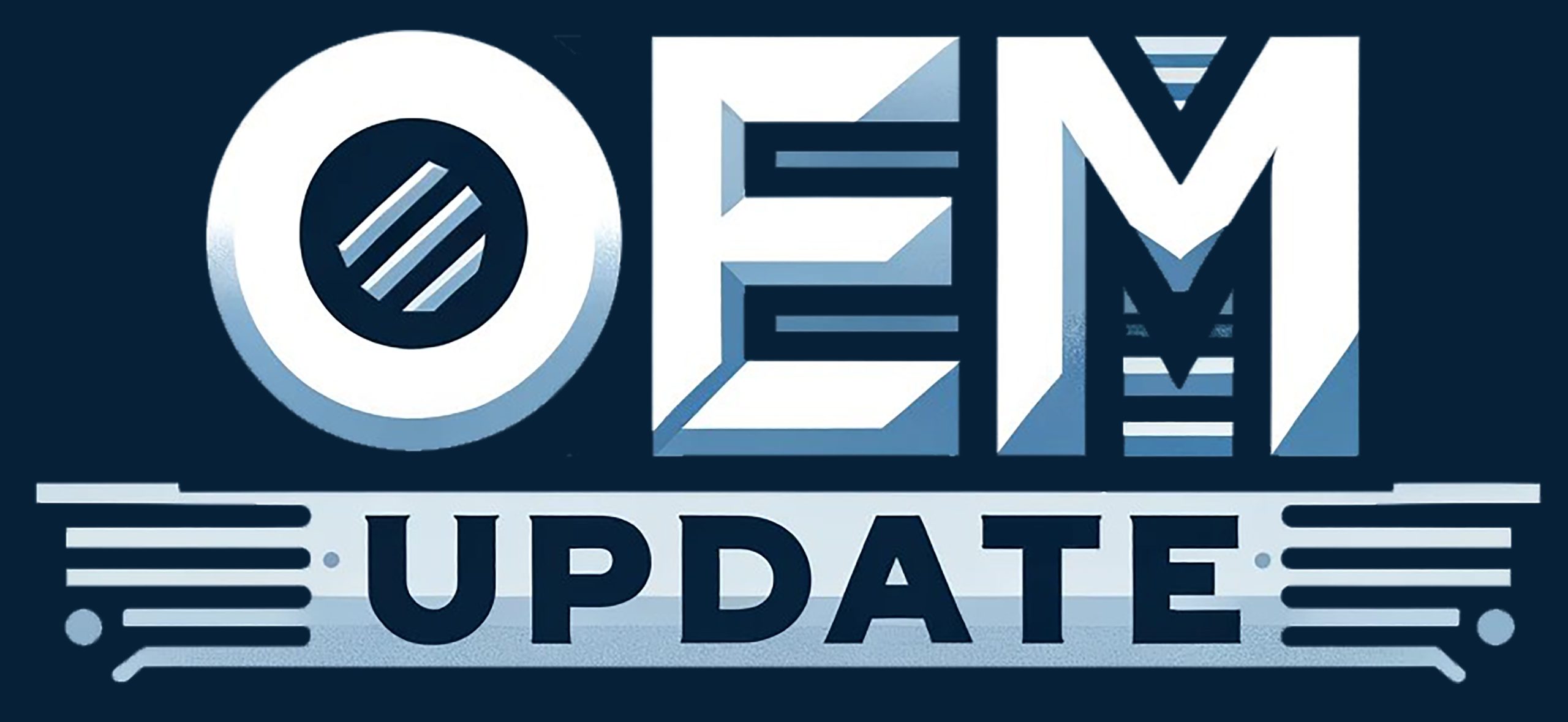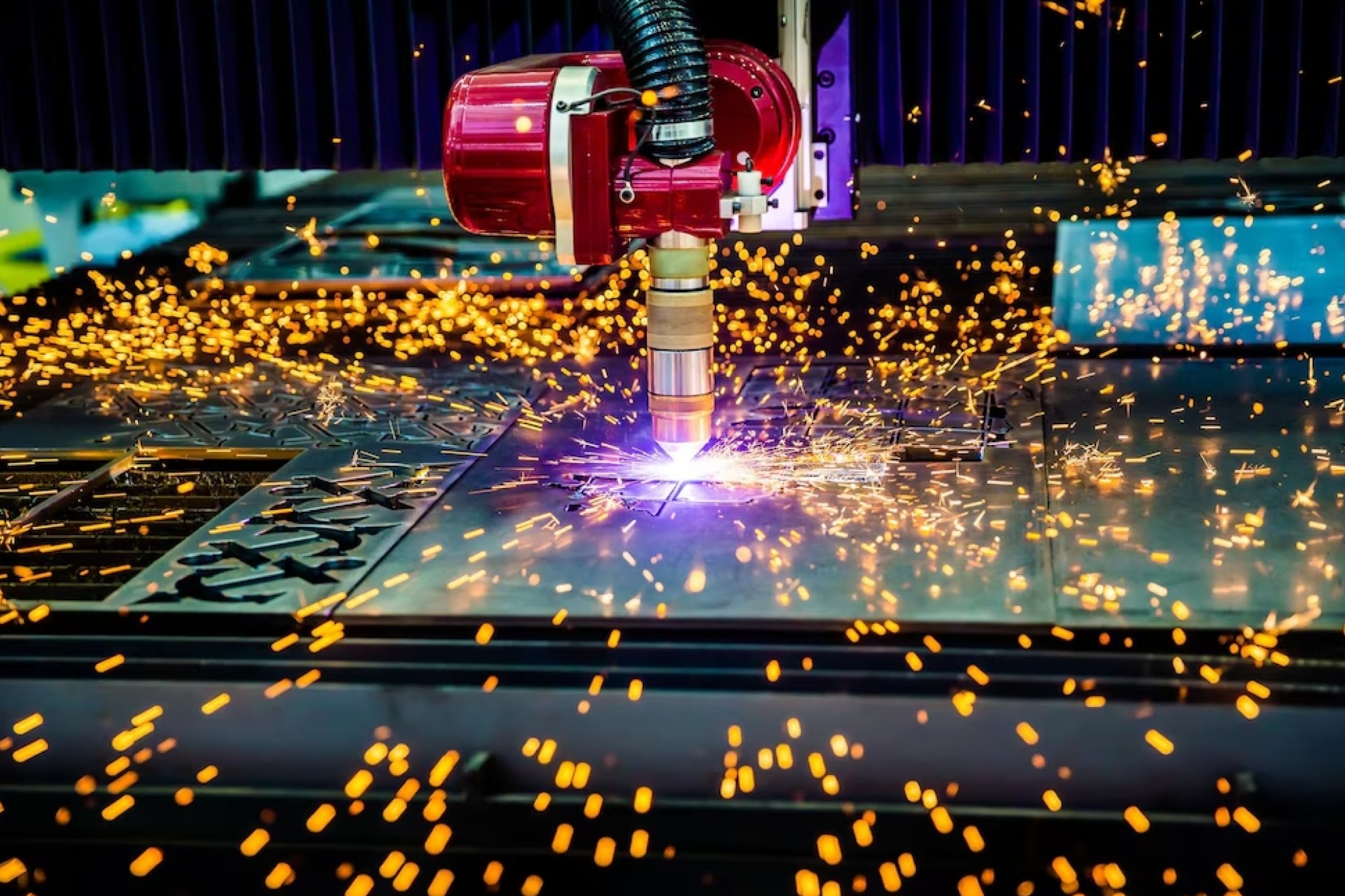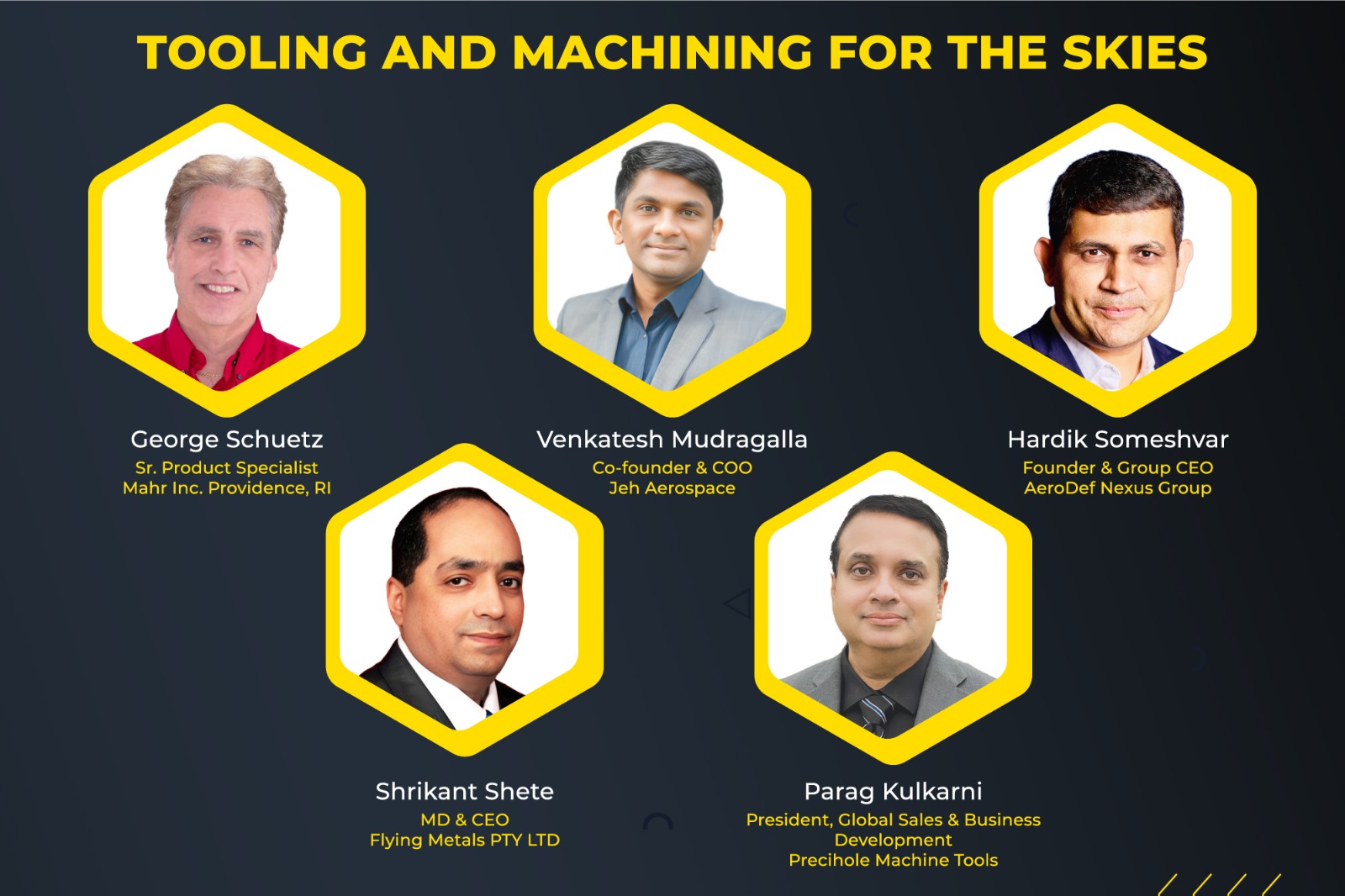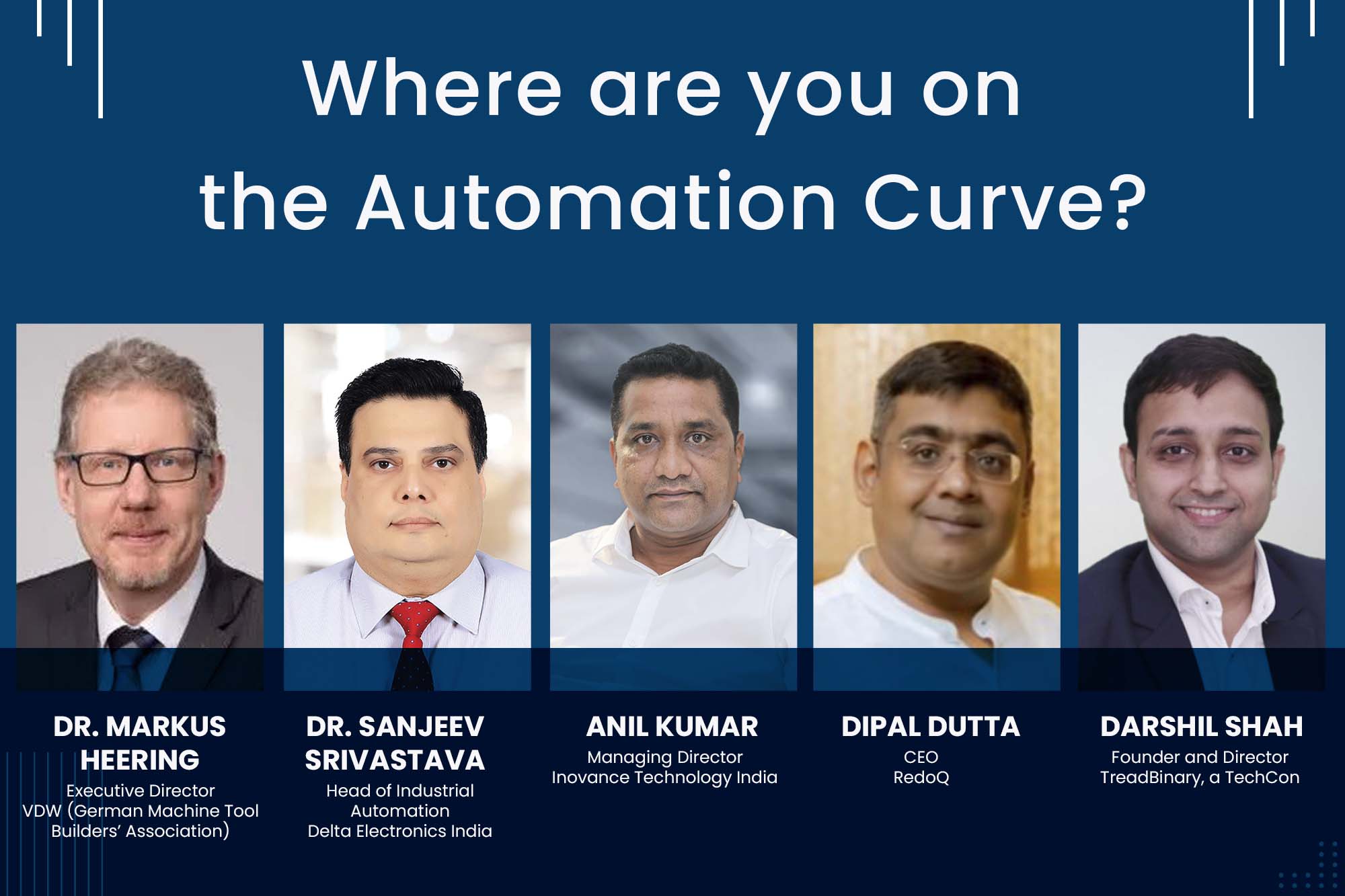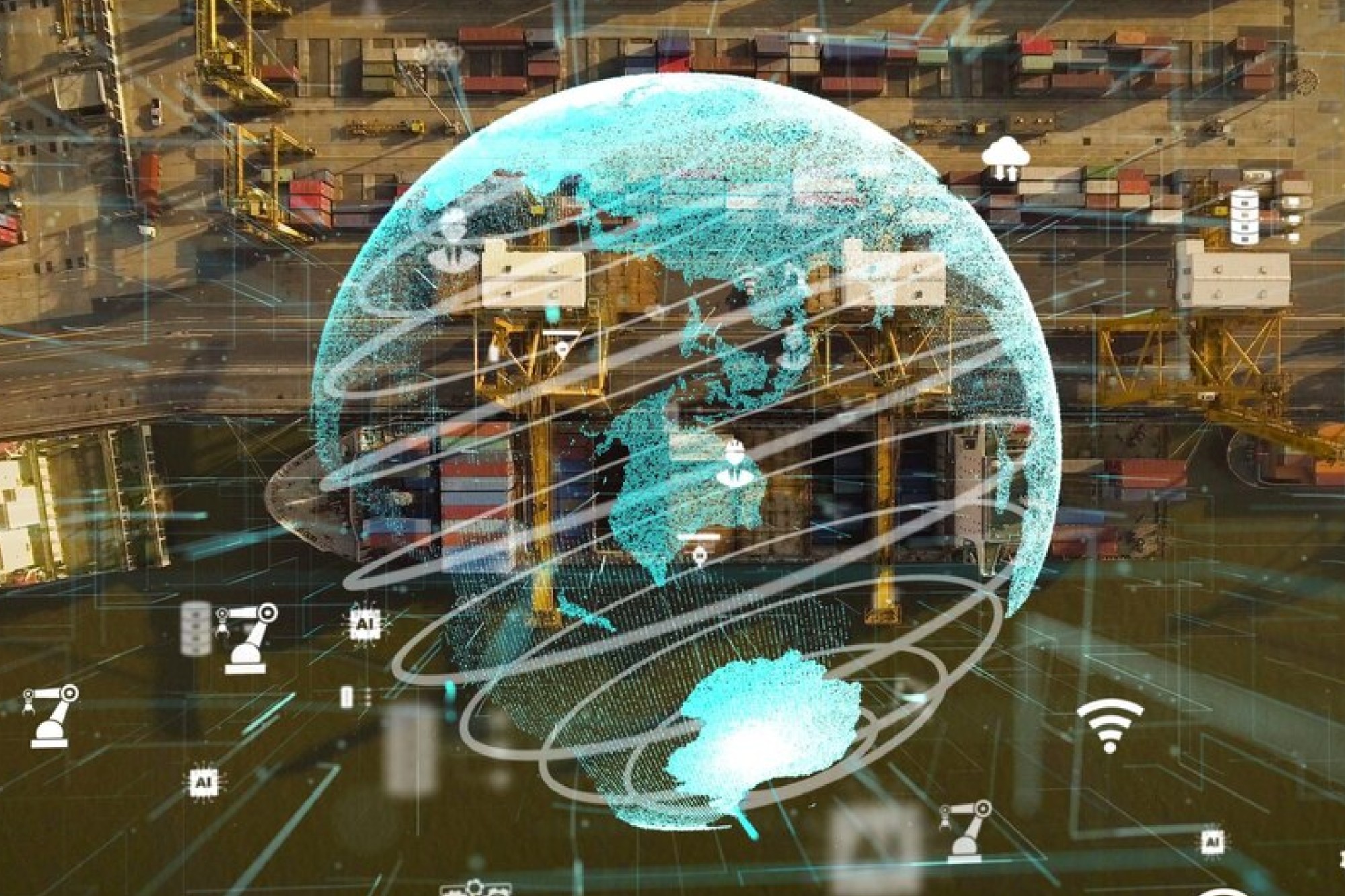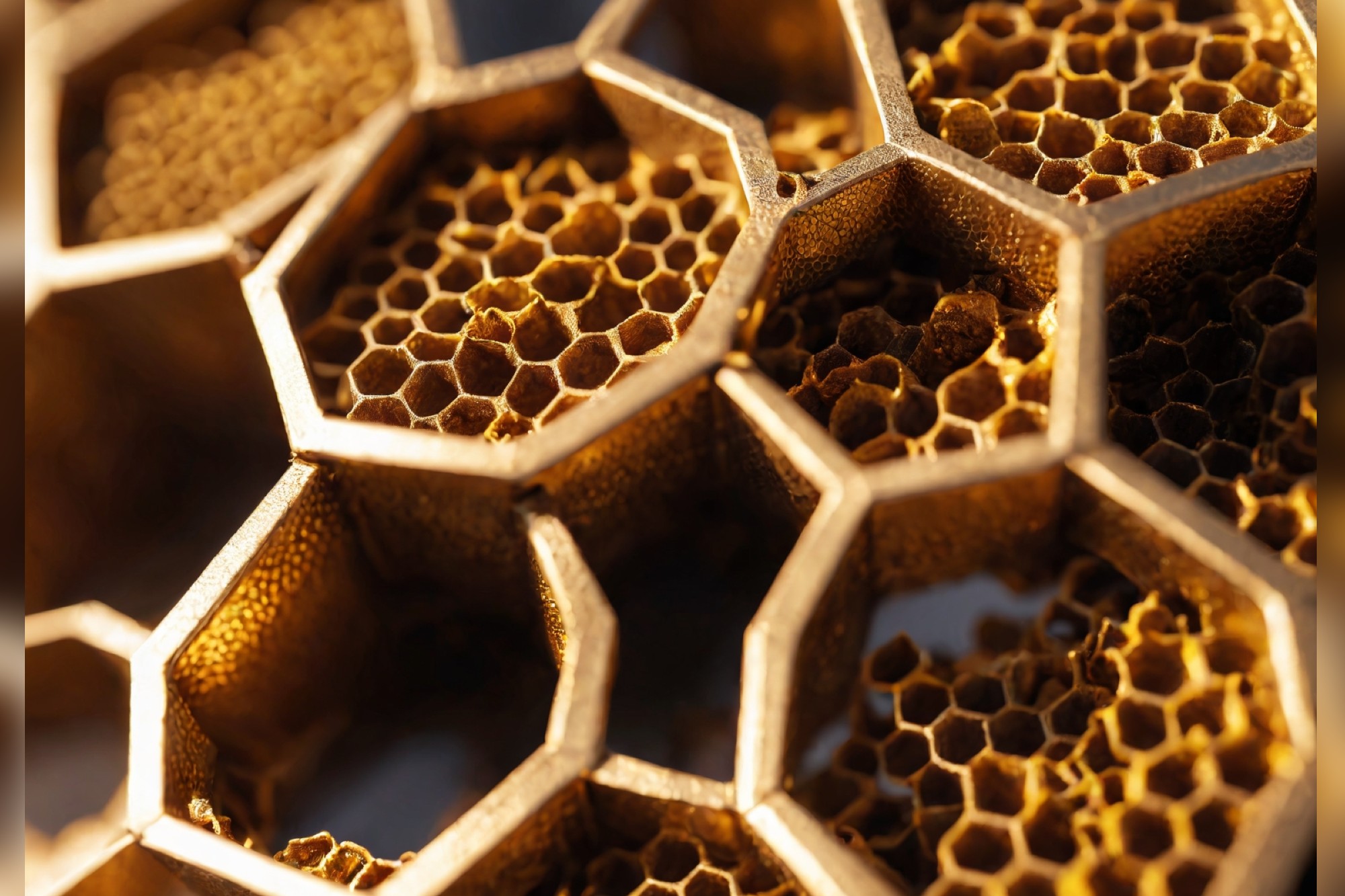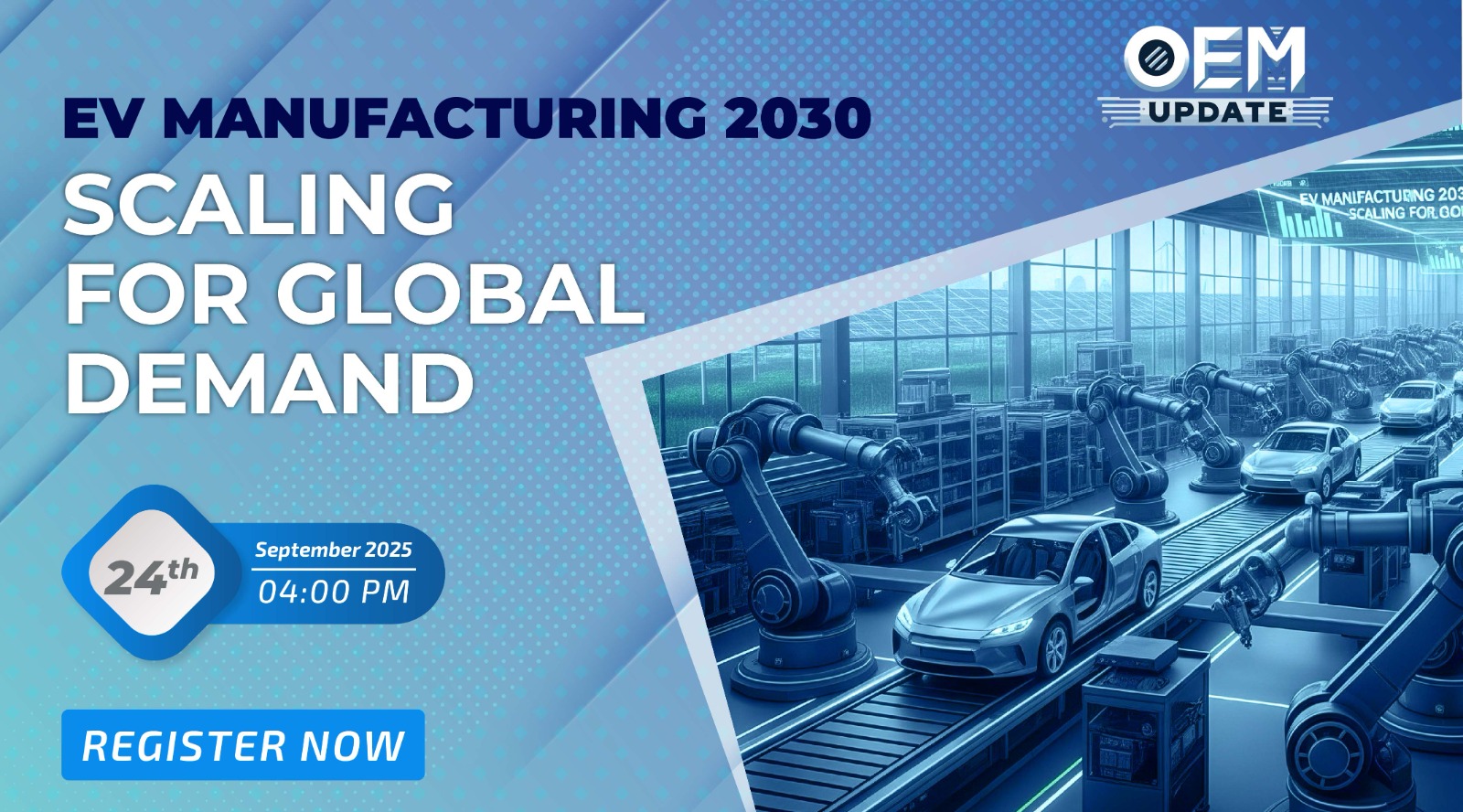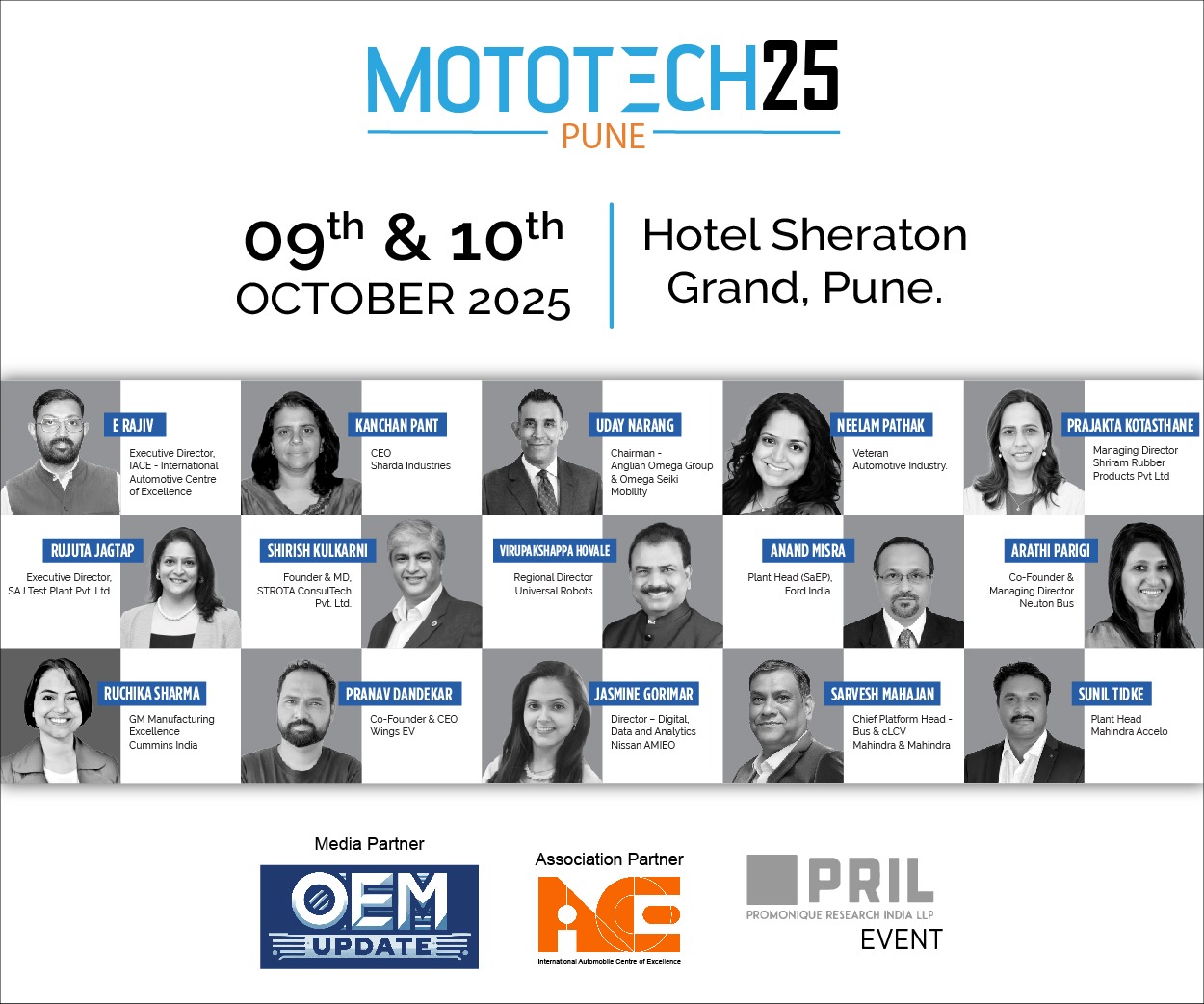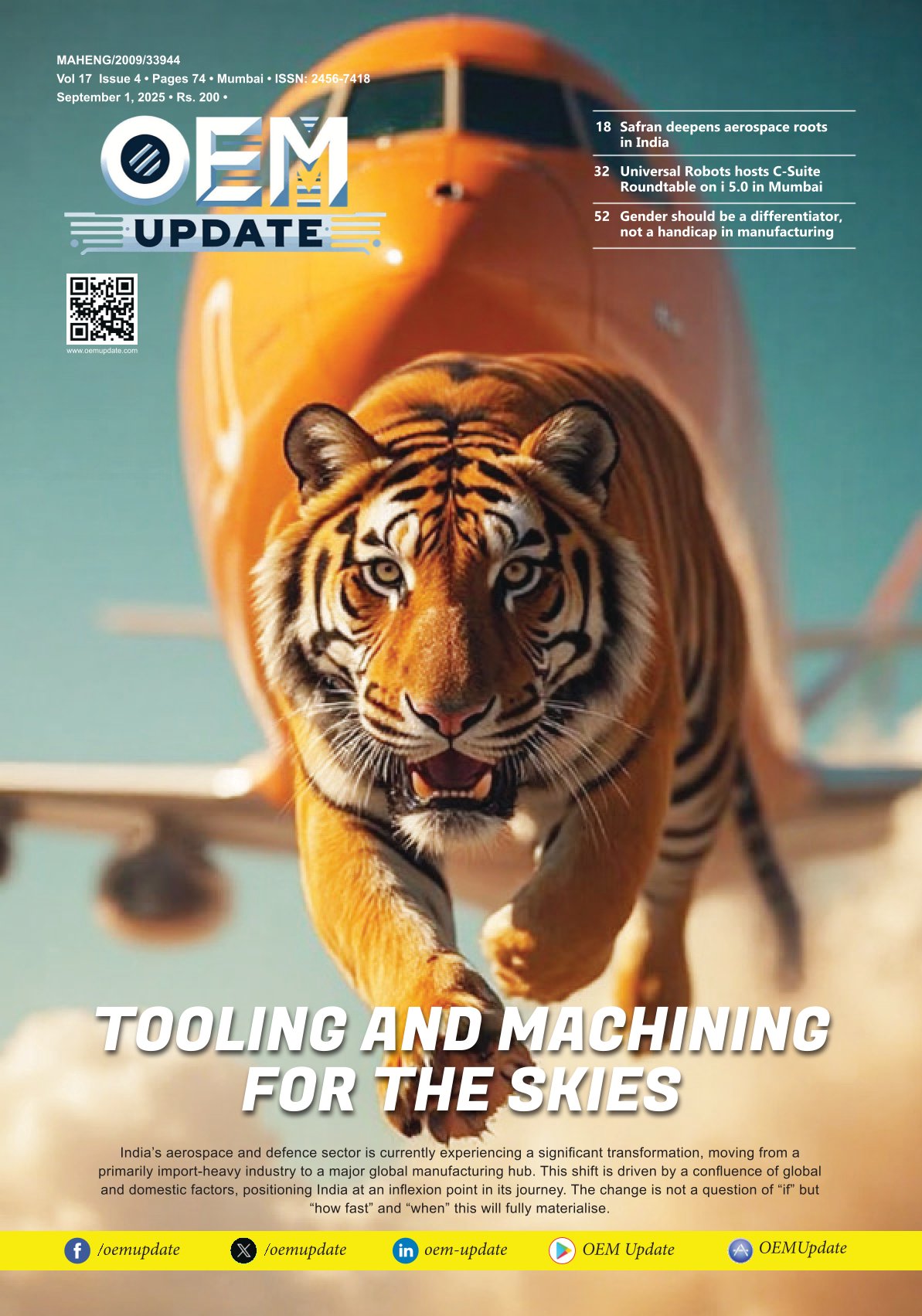Synergising Metal Forming with Laser Cutting
By Staff Report May 2, 2025 7:20 pm IST
The buoyant and ever-changing styles of sports cars are designed with a focus on performance and aesthetics, often featuring aerodynamic styling, stiffer suspensions, and features like big brakes and thinner tyres. The style and shape of the vehicles also impact their performance, influencing factors such as fuel efficiency and the arrangement of internal components. Behind these dynamic designs lie innovations in laser cutting and metal forming that make such bold styling and structural performance possible. This feature explores the technologies in metal forming and laser, and the evolution of manufacturing, as shared by industry experts.
Laser, an ally in modern metal forming
Often misunderstood as just a simple beam of light, a laser is short for Light Amplification by Stimulated Emission of Radiation, which differs significantly from ordinary light. Unlike the scattered photons found in sunlight, laser beams are highly collimated, coherent, and monochromatic. This unique combination allows for concentrated energy delivery with minimal heat dispersion, making lasers especially suitable for metalworking applications.
In metal forming, lasers play transformative roles across several areas and Avinash Khare, Consultant and Corporate Trainer specialising in New Manufacturing Technology and Automation lists a few of them:
1. Laser Forming (Non-contact Bending)
Laser forming enables precise, contactless sheet bending by thermally induced stress in controlled regions. By adjusting the laser’s focus and energy density, sheets can be bent upward or downward. Running laser beams in parallel or looped paths creates complex shapes, like saddles, without the need for dies or mechanical tools. This technique is particularly beneficial for materials like titanium, which are prone to cracking, as laser-assisted localised heating helps prevent fractures.
2. Laser-Assisted Sheet Forming
In operations such as deep drawing and spin forming, lasers can preheat specific areas to reduce the necessary forming force, minimise tool wear, and enhance the material’s formability. Diode lasers are now commonly integrated into forming dies to warm critical zones before deformation, especially in progressive dies.
3. Laser Cutting
Laser cutting excels in thin-sheet applications due to its precision and low thermal distortion. Key cutting methods include:
– Fusion Cutting: Uses inert gases like nitrogen or argon for non-ferrous metals.
– Flame Cutting: An oxygen-assisted, exothermic process for cutting steel.
– Sublimation Cutting: Direct vaporisation for incredibly thin sheets, such as stents.
Laser cutting systems can effectively handle sheets up to 25 mm thick, while thicker materials often require hybrid systems that combine waterjet and laser cutting.
4. Laser Welding & Tailor-Welded Blanks
Lasers enable high-precision welding techniques, including:
– Seam-Tracking Laser Welding: Uses real-time feedback to adjust the beam path.
– Remote Laser Welding: This can be performed from distances greater than 10 meters.
– Tailor-Welded Blanks: Combines materials with varying strength properties.
These methods are essential in the automotive and aerospace sectors for reducing weight and enhancing localised performance.
5. Tool Repair, Hardening & Cladding
Laser technology can extend the life of dies by:
– Micro-welding worn edges.
– Laser cladding, which deposits and fuses powder to rebuild surfaces.
– Selective laser hardening, which achieves uniform hardness even on ribbed or uneven dies—a challenge for traditional methods like flame or induction hardening.
6. Ablation, Drilling & Surface Treatment
Lasers can drill micro-holes, ablate coatings, and clean surfaces without physical contact. In automotive interiors, ablation can create controlled weak zones, such as behind airbag covers. Controlled ablation and drilling techniques can produce decorative effects and functional texturing, particularly on aluminium surfaces.
Advancements in remote laser welding
Laser-based remote welding is becoming increasingly popular in high-volume automotive manufacturing, particularly in hatchback production lines. Locally developed fixtures enable extended working distances of up to 600–800 mm in scanner-based applications while maintaining compact fixture designs under 300–400 mm height. Robots move at constant speeds in straight paths, allowing for on-the-fly welding. Only the necessary weld zones are exposed, supported by finger-like fixtures that ensure structural integrity and accessibility.
Dr. Gautam Patil Vice President – Sales & Applications at Laserline Diode Laser Technology Pvt. Ltd shares an emerging alternative to full joint welding, i.e. fillet welds, which provides enhanced adaptability. With integrated optical seam tracking systems, the process can dynamically detect joint gaps and adjust parameters in real-time. This allows adaptive welding speeds of up to 6 meters per minute, improving accuracy and productivity while minimising material distortion. Unlike overlap joints, which can conceal inconsistencies, fillet joints facilitate real-time feedback and correction, making them preferable in high-precision environments.
Laser hardening with advanced monitoring technologies
Laser hardening is increasingly used to enhance the durability of tools and dies. This process employs two-colour pyrometers and EMAC cameras for precise thermal monitoring. While pyrometers can detect plasma and temperature signals to differentiate between good and faulty welds, EMAC cameras provide a more reliable alternative by generating localised temperature matrices. This matrix-based thermal imaging ensures uniform hardness by accurately mapping and controlling temperature across complex geometries, which is especially valuable in uneven or ribbed die surfaces where traditional methods may fall short.
Although thermographic process monitoring remains underutilised, advancements in sensor-based thermal mapping are paving the way for broader adoption.
Challenges and innovations in Laser stud welding
Laser stud welding is utilised in applications such as automotive door assemblies, where multiple weld stitches must be completed rapidly, often within 50 seconds. While flat and horizontal components allow for complete 360° welds, vertically oriented parts present significant challenges due to restricted laser access and obstructions caused by part geometry.
In these cases, alternative fixture strategies or modified laser movement paths, such as using conical trajectories, are necessary. Due to angular limitations, traditional scanner-based laser movements struggle to achieve full circular welds. Remote welding systems offer benefits by manipulating the mirror rather than physically moving the robot in XYZ axes. However, this flexibility is limited in applications requiring continuous circular welds on obstructed or vertical surfaces.
Directed Energy Deposition (DED)
A novel deposition strategy in DED has enabled the construction of a half-meter-tall cylinder with enhanced strength in all three dimensions. This method produced unexpectedly strong results by allowing for deeper penetration into previous layers, particularly with P91 steel, which exceeded initial expectations.
Dr. Sajan Kapil, Assistant Professor – Department of Mechanical Engineering, IIT Guwahati, shares that engineered anisotropy can further improve material properties in specific directions during preprocessing. While Hot Isostatic Pressing (HIP) effectively removes porosity in powder-based additive manufacturing, it is generally unsuitable for DED, particularly when using wire feedstock. Porosity is minimal in steel and titanium components, although aluminium may still present occasional issues. Given the scale of components produced by DED, post-processing with HIP is typically impractical.
Real-world application
Despite its theoretical precision, the real world introduces variables, such as shifting heat dissipation, which demands expert oversight and adaptive planning. DED is not a plug-and-play solution; it requires skilled operators and detailed Computer-Aided Process Planning (CAPP), supported by CAD/CAM expertise.
An example of hole repair using DED involved restoring bullet damage in a component was shared by Dr Kapil. Although such defects are often overlooked, this case required meticulous planning by his team to ensure full restoration. DED successfully filled the void with proper heat management and a comprehensive scanning strategy, delivering full-strength, three-dimensional bonding and structural reliability.
Machining
Machining remains essential in practical applications. Components often require further shaping, particularly in critical areas like cavities, where even minor surface flaws can impact performance.
One industrial case highlighted by Dr Kapil shows the limitations of explosion welding for cladding stainless steel onto mild steel. Over time, the sharp material transition led to delamination. The proposed solution involved creating a functionally graded material (FGM) using DED, which allows for a smooth compositional gradient. This approach reduces residual stress, enhances fatigue resistance, and ensures a robust, metallurgically bonded interface.
Role of Industry 4.0 and MSMEs
The adoption of Industry 4.0 among Indian MSMEs is steadily increasing. Shailendra Goswami, Chairman and Managing Director of Pushkaraj Group shared that metal-forming and laser-cutting players need to understand that integrating smart technologies into manufacturing must go beyond short-term ROI calculations. It requires a strategic, long-term vision that aligns with structural and cultural transformation. Industry 4.0 is a mindset change and a holistic integration of digitisation, data-driven decision-making, automation, and process optimisation.
To stay competitive and meet rising demands, MSMEs need to strategically plan and pace their digital transformation journeys. Those who begin to collect and analyse production data for preventive maintenance and efficiency quickly recognise the tangible benefits of digital integration. Once the value becomes visible, the transition from resistance to advocacy is natural and organic.
—————————————————————————————————
Shailendra Goswami, Chairman and Managing Director of Pushkaraj Group
Industry 4.0 is a mindset requiring a structural and cultural shift. It involves digitisation, data-driven decision-making, automation, and process integration. MSMEs can acclimate to digital platforms, collaborate, and implement Industry 4.0.
——————————————
Dr. Sajan Kapil Assistant Professor in the Department of Mechanical Engineering at IIT Guwahati
DED (Directed Energy Deposition) is a manufacturing process involving a unique depositing strategy penetrating deeper into the previous layer, resulting in equal strength in all three directions. This method is more efficient than HIPping, which is typically used to remove porosities.
———————————————–
Dr. Gautam Patil Vice President – Sales & Applications at Laserline Diode Laser Technology Pvt. Ltd
“Remote laser welding and hardening are evolving fast with real-time seam tracking, adaptive thermal control, and smart fixture design pushing precision and productivity to new heights.”
————————————————
Avinash Khare, Consultant and Corporate Trainer Specialising in New Manufacturing Technology and Automation.
“Laser technology is no longer limited to cutting, it’s now shaping, strengthening, and transforming metal forming in ways traditional tools never could.”
Cookie Consent
We use cookies to personalize your experience. By continuing to visit this website you agree to our Terms & Conditions, Privacy Policy and Cookie Policy.
